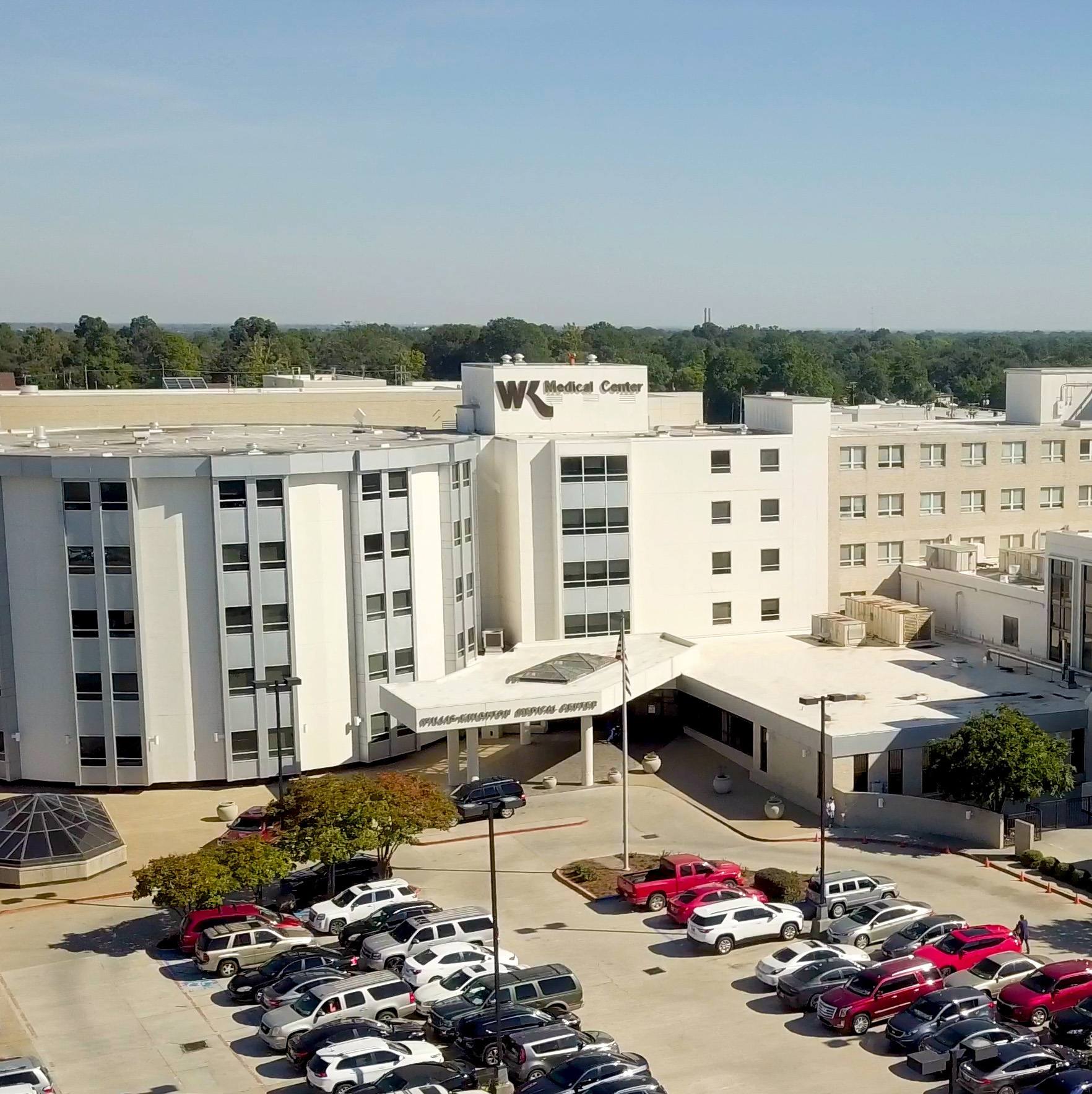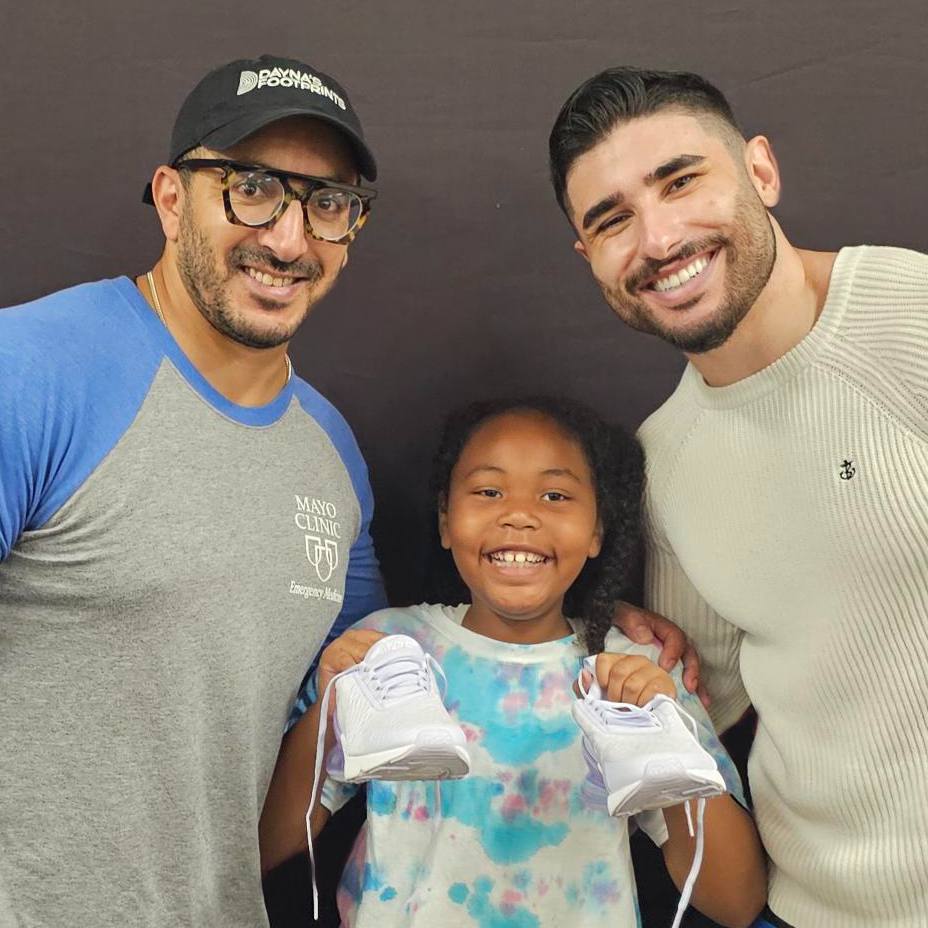-
Mayo Clinic: How Gold Nanoparticles Can Help Fight Ovarian Cancer
ROCHESTER, Minn. — Positively charged gold nanoparticles are usually toxic to cells, but cancer cells somehow manage to avoid nanoparticle toxicity. Mayo Clinic researchers found out why and determined how to make the nanoparticles effective against ovarian cancer cells. The discovery is detailed in the current online issue of the Journal of Biological Chemistry.
"This study identifies a novel mechanism that protects ovarian cancer cells by preventing the cell death, or apoptosis, which should occur when they encounter positively charged nanoparticles," say the senior authors of this study, Priyabrata Mukherjee, Ph.D., a Mayo Clinic molecular biologist, and Y. S. Prakash, M.D., Ph.D., a Mayo Clinic anesthesiologist and physiologist.
Why Cancer Cells Survived
Gold nanoparticles can have many medical uses, from imaging and aiding diagnoses to delivering therapies. In this case, using a special preparation to put positive ionic charges on the surface, the nanoparticle is intended to act as a targeted destructor of tumor cells while leaving healthy cells alone. The nanoparticles are supposed to kill cells by causing cellular calcium ion levels to increase. But researchers discovered that a regulatory protein in the mitochondria essentially buffers the rising calcium by transporting it into the mitochondria, thus subverting cell death. Cancer cells have an abundance of this transporter and may thus be protected from nanoparticle toxicity.
The research team discovered that if they inhibit calcium uptake into the mitochondria, sufficient cellular stress builds up, making the gold nanoparticles more effective in destroying cancer cells.
The researchers say that understanding how mitochondrial transport mechanisms work will help in the design of targeted therapies against cancer. They called for nanoparticle developers to integrate this new mechanistic knowledge into their processes for designing nanoparticle properties to be used in therapy.
The study was a team effort between researchers at Mayo Clinic including Mayo authors Rochelle Arvizo, Ph.D.; Sounik Saha, Ph.D.; Michael Thompson; and Resham Bhattacharya, Ph.D.; and the University of Massachusetts at Amherst including Daniel Moyano and Vincent Rotello, Ph.D.







